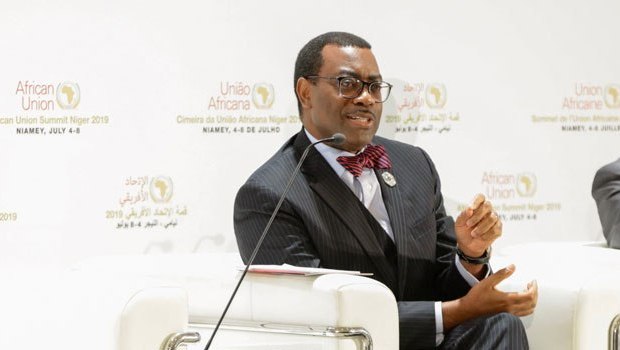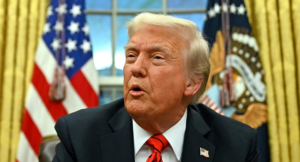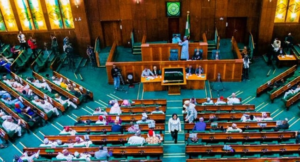
The African Development Bank (AfDB) attracted $78.8 billion investments into Africa in two years, its President Dr. Akinwunmi Adesina, has said.
The continental bank was able to mobilise this investments “through the innovative and groundbreaking Africa Investment Forum in 2018 and 2019”.
Adesina made this known during his inauguration for a second term of five years.
According to him, the bank’s impacts were felt in every country it expanded its presence to 44 countries, including across fragile states.
During his first term, he said the AfDB delivered “more for women with the implementation of the Affirmative Finance Action for Women (AFAWA), to leverage $3 billion for women and women businesses”.
In addition, the High5s of the bank (Light up and Power Africa; Feed Africa; Industrialise Africa; Integrate Africa; and Improve the Quality of Life of the people of Africa), which were developed to accelerate the delivery of the Ten-Year Strategy, Adesina said, “have been implemented with deliberateness, speed and rigour”.
Over the past five years, the bank has delivered impressive results on these High 5s. They include: 18 million people with access to electricity, 141 million people had access to improved agricultural technologies for food security, 15 million people with access to finance from private investments, 101 million people with access to improved transport from infrastructure and 60 million people with access to water and sanitation.
The bank’s High5 programmes, he said, “have impacted 335 million people”.
The bank’s non-sovereign operations for the private sector increased 40 per cent from $1.5 billion in 2015 to $2.1 billion in 2019, with the highest level of $ 2.5 billion achieved in 2016.
Adesina told the bank’s shareholders that they got value for money as AfDB has the lowest cost among all multilateral development banks.
Adesina said: “The bank will pay increased attention to supporting Africa with quality health care infrastructure, and building on its comparative advantage in infrastructure.”
The bank’s infrastructure work, he said, “will focus on economic infrastructure, quality physical infrastructure and quality health infrastructure”.
He said COVID-19 has opened up opportunities and a ‘’greater sense of urgency’’ to build Africa’s manufacturing capacity, industrial development, and critically needed industrial value chains, that must be supported by enabling infrastructure and policies.
He added: “Special attention will be given to regional industrial value chains and the strengthening of financial markets to expand intra-regional trade and competitiveness, and boost the Africa Continental Free Trade Area.”
The challenges ahead, he noted, were many. They included poverty, inequality, fragility, high youth unemployment, significant infrastructure financing gaps, and sustainable debt management.
Adesina assured that the bank would play a greater role in policy dialogues with countries and support sustainable debt management, boost green growth and promote more jobs for youths.
The AfDB chief said the bank would expand partnerships with civil society, academia and knowledge centre of excellence.
We will reach out and tilt more global capital towards Africa — joining investment hands across the globe to support the needs of the continent”.
He vowed to ensure that Africa’s youth potential will be fully unleashed. In this regard, the bank he said “will support the establishment of Youth Entrepreneurship Investment Banks. Banks that will help to mobilise and deploy capital to drive the entrepreneurship of the youth of Africa — in ways that are systemic, scalable and sustainable”.
In agriculture, the AfDB will support “scaling up technologies to reach tens of millions of farmers and supporting Africa to build competitive agricultural value chains”.
AfDB, Adesina said, “will add value to what we produce in Africa, and provide creative and high-tech opportunities for massive youth engagement in agriculture and agribusiness”.
This time, the AfDB’s “focus will be on ‘Institution’, ‘People’, ‘Delivery, and ‘Sustainability.’
Each of these would be captured in the five areas which combine with the programmatic High 5s to transform Africa.








